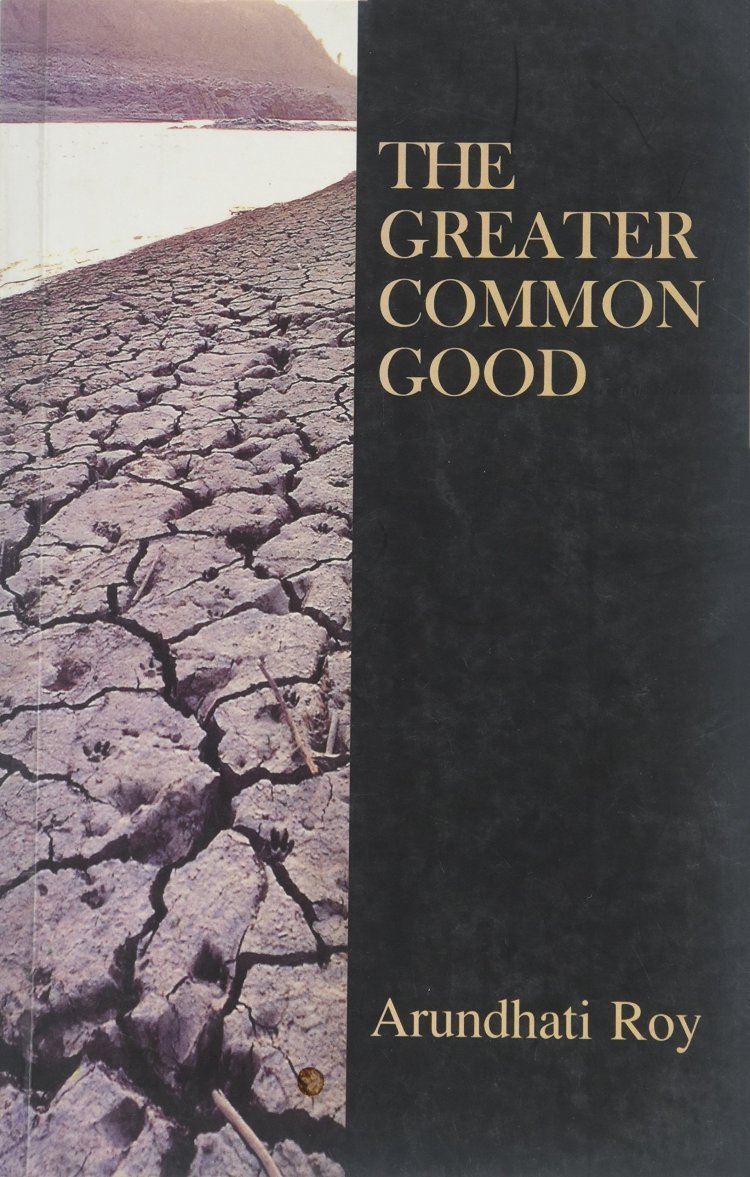The Greater Common Good

Rating: 3.6/5
Author: Arundhati Roy
Publisher: India Book Distributors (Bombay)
Publishing Date: 1999
Language: English
Genre: Non-Fiction
ISBN-10: 8173101485
ISBN-13: 978-8173101489
Format: Hardcover
Pages: 76
Plot:
This book is an essay on Narmada Bachao Andolan. The book gives very good insights into the life of the people living near the dams and their displacement and resettlement. It is a compelling book, which talks about the impact of the Narmada Valley Dam and nuclear testing in India. Through this book, Arundhati brings forth the lifestyles of the many Adivasi indigenous peoples that have been destroyed by the project; who live along the banks of the sacred Narmada River.
Review:
In this book, Arundhati has focused on some of the politics involved related to the dams and makes clear enormity of the human cost as well as the lives lost and displaced in the postcolonial era. The displaced are mostly poorest of the poor. In the name of development, they are herded out of their rich natural habits and mod to fend for themselves.
She believes that public perception about the Narmada Bachao Andolan can be divided into two categories:
“On the one hand, it is seen as a war between modern, rational, progressive forces of ‘Development’ versus an irrational, emotional ‘Anti-Development’ resistance, fuelled by a pre-industrial dream. On the other, as a Nehru vs Gandhi contest. It makes out that both sides have the Greater Good of the Nation in mind—but merely disagree about the means to achieve it.”
She presents the different perceptions of influential people on this project:
"People say that the Sardar Sarovar Dam is an expensive project. But it is bringing drinking water to millions. This is our lifeline. Can you put a price on this? Does the air we breathe have a price? We will live. We will drink. We will bring glory to the state of Gujarat." - Urmilaben Patel
"We will request you to move from your houses after the dam comes up. If you move it will be good. Otherwise, we shall release the waters and drown you all." - Morarji Desai, speaking at a public meeting in the submergence zone of the Pong Dam in 1961.
On paper, big dams look good, especially for the political and economic elite group of a country. The key selling points for building such developmental plans involve: Flood control, irrigation, hydropower, navigation and recreation; and Roy is not against all these at all. In this essay, she makes her position clear by stating that she is not against development projects. It’s just that the relocation estimates for these people are not appropriately calculated; thereby digging out a huge hole for their doom.
About the author:
Arundhati Roy was born in 1960 in Kerala, India. She studied architecture at the Delhi School of Architecture and worked as a production designer. She has written two screenplays including Electric Moon (1992) that was commissioned by Channel 4 television.
Her first novel, ‘God of small things’ won the Booker Prize for Fiction in 1997. An immediate bestseller, the novel was published simultaneously in 16 languages and 19 countries but caused controversy in India for the description of a love affair between a Syrian Christian and a Hindu 'untouchable'. She is also the author of several non-fiction books including The Cost of Living (1999) - a highly critical attack on the Indian government for its handling of the controversial Narmada Valley dam project and for its nuclear testing program; Power Politics (2001) - a book of essays; and The Algebra of Infinite Justice- a collection of journalism. The Ordinary Person's Guide to Empire was published in 2004. She has since published a further collection of essays examining the dark side of democracy in contemporary India ‘Listening to Grasshoppers: Field Notes on Democracy’ (2009).
Her latest book is ‘The Ministry of Utmost Happiness’ (2017), her second novel. It was longlisted for the Man Booker Prize and, in the US, was a finalist for the National Book Critics Circle Award. For her work as an activist she received the Cultural Freedom Prize awarded by the Lannan Foundation in 2002.















































